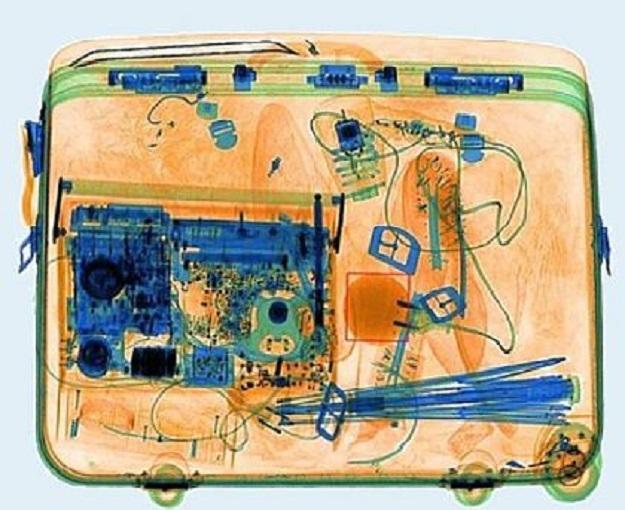RPS Training Courses (Who attends?) – Part 1 – X-ray Security
Published: Nov 13, 2018
[Update September 2023 - these blog posts are a few years old now, but still provide useful content regarding the types of delegates we have on our RPS training courses. If you work in the security / cargo screening sector then please read on, and then consider either our online RPS training course, or our security / cargo / aviation radiation awareness course].
I thought it would be interesting to provide a few posts to describe the typical range of delegates that attend Ionactive Radiation Protection Supervisor Courses (and the sources they work with). For some time (> 10 years), we have delivered RPS courses that are designed for all users of ionising radiation, rather than courses that consider sealed / unsealed radioactive sources users and x-ray workers separately. We believe this is the best way to ensure all RPS delegates understand their uses of radiation in context with others. It assists in the understanding of radiation risk (comparison of risk is so much easier to understand than absolute risk).
RPS training delegates from x-ray security sector

A good example of relative risk in the x-ray security sector is the fact that delegates (or more specifically operators of the x-ray equipment), are likely to receive higher radiation exposures from background (principally Radon gas) than they are from operating their equipment. This does not negate the need to use their x-ray equipment correctly, but it allows the delegate to appreciate the occupational exposures in context.
X-ray security - x-ray equipment from kV to MV
X-ray security operators will work in the airline, cargo, freight forwarding, hospitality and related industries. The x-ray equipment they use will range from the small “portable” (relatively!) devices for screening handbags and similar, through to airport cargo scanners for screening hold baggage, on to port security screening where complete cargo containers will be surveyed. With this huge range in size and density you would not find at all surprising that the x-ray technology also varies significantly. At the smaller end, 100-140 kV systems at 1-2 mA are the norm, whereas at the largest end 6MV linear accelerators are regularly used. Therefore, the exposure risks also vary considerably too – the smallest x-ray devices only able to expose extremities (if an operator were to place a limb beyond the radiation shielding curtain), whereas the larger linear accelerators are capable of exposing someone to a significant dose (>> 1mSv) if not used compliantly.
X-ray security equipment - IRR17 applies
All of the above security uses of ionising radiation are subject to controls under the Ionising Radiations Regulations 2017 (IRR17). The RPS delegate sometimes finds the interpretation of IRR17 surprising. For example, the interior of a security x-ray cabinet that can physically allow person entry (even if this is absolutely prohibited where x-rays are present), would be designated a Controlled Area under IRR17, even though it is an area obviously designed NOT to be worked in. This is because the employer needs to ensure there are special procedures in place (Local Rules) to avoid prohibited entry. Therefore, the whole of IRR17 applies to security equipment including risk assessment, local rules, contingency arrangements etc. In addition, when a service engineer attends site to undertake service or repair, the Local Rules should provide a procedure for formal “hand over” of the Controlled (designated) area to the engineer, and then handback following completion of the works.
Overall, RPS delegates working in the x-ray security sector soon realise that compliance with IRR17 is not difficult, but still requires investment in training and procedures to ensure safe working practice.
Ionactive offers a range of RPS training options - our online RPS training course is a very popular option.
